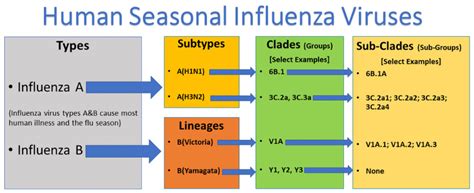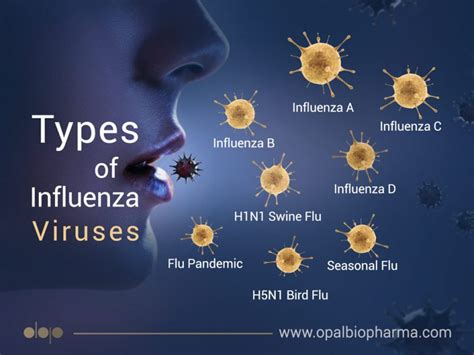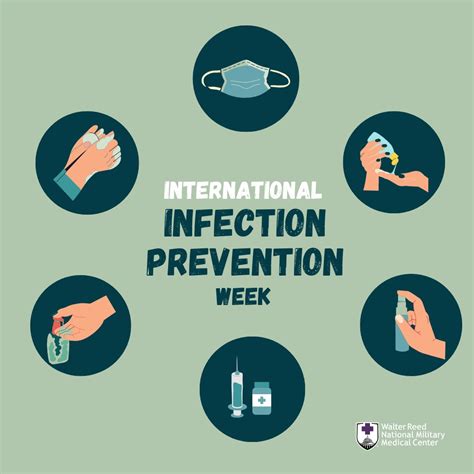Intro
Discover the Type A Flu Virus, a contagious influenza strain causing respiratory issues, characterized by seasonal outbreaks, viral mutations, and high transmission rates, affecting global health.
The Type A flu virus is one of the most common and widespread forms of influenza, affecting millions of people around the world every year. This highly contagious respiratory illness is caused by the influenza A virus, which is a type of orthomyxovirus. The Type A flu virus is known for its ability to mutate and evolve rapidly, making it a significant challenge for healthcare professionals and researchers to develop effective treatments and vaccines. In this article, we will delve into the world of the Type A flu virus, exploring its characteristics, symptoms, transmission, and prevention methods.
The Type A flu virus is a major public health concern, with the potential to cause widespread illness and even death, particularly among vulnerable populations such as the elderly, young children, and people with compromised immune systems. According to the World Health Organization (WHO), the Type A flu virus is responsible for approximately 50-70% of all flu cases worldwide. The virus is highly contagious and can spread quickly through respiratory droplets, contact with contaminated surfaces, and human-to-human contact.
The symptoms of the Type A flu virus can range from mild to severe and include fever, cough, sore throat, runny or stuffy nose, muscle or body aches, headaches, fatigue, and diarrhea and vomiting. In severe cases, the virus can lead to complications such as pneumonia, bronchitis, and sinus and ear infections. The Type A flu virus can also exacerbate underlying health conditions, such as heart disease, diabetes, and asthma.
Characteristics of the Type A Flu Virus

Subtypes of the Type A Flu Virus
The Type A flu virus has several subtypes, each with its own unique characteristics and properties. The most common subtypes of the Type A flu virus are H1N1 and H3N2. The H1N1 subtype is also known as the swine flu virus, while the H3N2 subtype is also known as the seasonal flu virus. Other subtypes of the Type A flu virus include H5N1, H7N9, and H9N2.Transmission of the Type A Flu Virus

- Respiratory droplets: The virus can be spread through respiratory droplets, such as those produced by coughing and sneezing.
- Contact with contaminated surfaces: The virus can survive on surfaces for several hours, making it possible to spread the virus through contact with contaminated surfaces.
- Human-to-human contact: The virus can be spread through human-to-human contact, such as shaking hands or touching contaminated surfaces.
Prevention Methods
There are a number of prevention methods that can be used to reduce the risk of transmission of the Type A flu virus. These include:- Getting vaccinated: The flu vaccine is the most effective way to prevent the transmission of the Type A flu virus.
- Practicing good hygiene: Practicing good hygiene, such as washing hands frequently and avoiding close contact with people who are sick, can help to reduce the risk of transmission.
- Avoiding close contact: Avoiding close contact with people who are sick can help to reduce the risk of transmission.
- Staying home when sick: Staying home when sick can help to reduce the risk of transmission.
Treatment and Management of the Type A Flu Virus

Self-care measures can also be used to help manage the symptoms of the Type A flu virus. These include:
- Getting plenty of rest: Getting plenty of rest can help to reduce the severity of symptoms and promote recovery.
- Staying hydrated: Staying hydrated can help to reduce the severity of symptoms and promote recovery.
- Using over-the-counter medications: Using over-the-counter medications, such as pain relievers and decongestants, can help to reduce the severity of symptoms.
Complications of the Type A Flu Virus
The Type A flu virus can lead to a number of complications, particularly among vulnerable populations such as the elderly, young children, and people with compromised immune systems. The most common complications of the Type A flu virus include:- Pneumonia: The Type A flu virus can lead to pneumonia, which is a serious and potentially life-threatening complication.
- Bronchitis: The Type A flu virus can lead to bronchitis, which is a serious and potentially life-threatening complication.
- Sinus and ear infections: The Type A flu virus can lead to sinus and ear infections, which can be painful and potentially serious.
Prevention and Control Measures

- Vaccination: The flu vaccine is the most effective way to prevent the transmission of the Type A flu virus.
- Personal protective equipment: Personal protective equipment, such as masks and gloves, can help to reduce the risk of transmission.
- Social distancing: Social distancing, such as avoiding close contact with people who are sick, can help to reduce the risk of transmission.
Epidemiology of the Type A Flu Virus
The epidemiology of the Type A flu virus is complex and involves a number of factors, including the virus itself, the host, and the environment. The Type A flu virus is a highly contagious and rapidly evolving virus that can spread quickly through respiratory droplets, contact with contaminated surfaces, and human-to-human contact.The host factors that contribute to the epidemiology of the Type A flu virus include age, underlying health conditions, and immune status. The environment factors that contribute to the epidemiology of the Type A flu virus include climate, population density, and healthcare infrastructure.
Future Directions for Research and Development

- Developing more effective vaccines: Developing more effective vaccines is a major priority for researchers and healthcare professionals.
- Improving diagnostic tests: Improving diagnostic tests is a major priority for researchers and healthcare professionals.
- Developing new treatments: Developing new treatments is a major priority for researchers and healthcare professionals.
Challenges and Opportunities
There are a number of challenges and opportunities related to the Type A flu virus. The challenges include the rapid evolution of the virus, the limited availability of effective treatments, and the need for improved diagnostic tests. The opportunities include the development of more effective vaccines, the improvement of diagnostic tests, and the development of new treatments.What is the Type A flu virus?
+The Type A flu virus is a type of influenza virus that is highly contagious and can spread quickly through respiratory droplets, contact with contaminated surfaces, and human-to-human contact.
What are the symptoms of the Type A flu virus?
+The symptoms of the Type A flu virus can range from mild to severe and include fever, cough, sore throat, runny or stuffy nose, muscle or body aches, headaches, fatigue, and diarrhea and vomiting.
How can I prevent the transmission of the Type A flu virus?
+There are a number of prevention methods that can be used to reduce the risk of transmission of the Type A flu virus, including getting vaccinated, practicing good hygiene, avoiding close contact with people who are sick, and staying home when sick.
In conclusion, the Type A flu virus is a highly contagious and rapidly evolving virus that can spread quickly through respiratory droplets, contact with contaminated surfaces, and human-to-human contact. The virus can cause a range of symptoms, from mild to severe, and can lead to complications such as pneumonia, bronchitis, and sinus and ear infections. There are a number of prevention and control measures that can be used to reduce the risk of transmission, including vaccination, personal protective equipment, and social distancing. Further research and development are needed to improve our understanding of the Type A flu virus and to develop more effective treatments and vaccines. We encourage you to share this article with others, and to take the necessary steps to protect yourself and your loved ones from the Type A flu virus.
